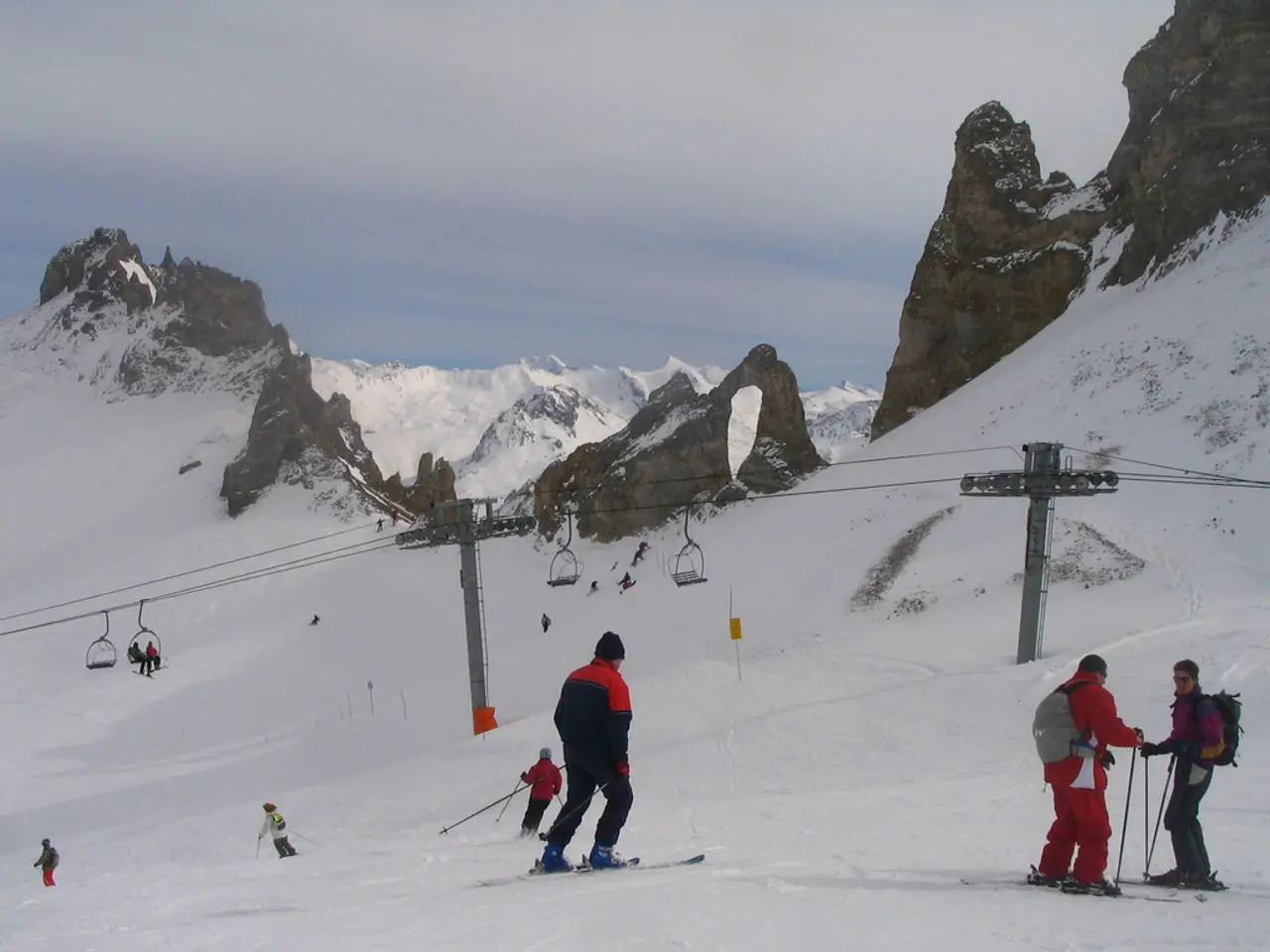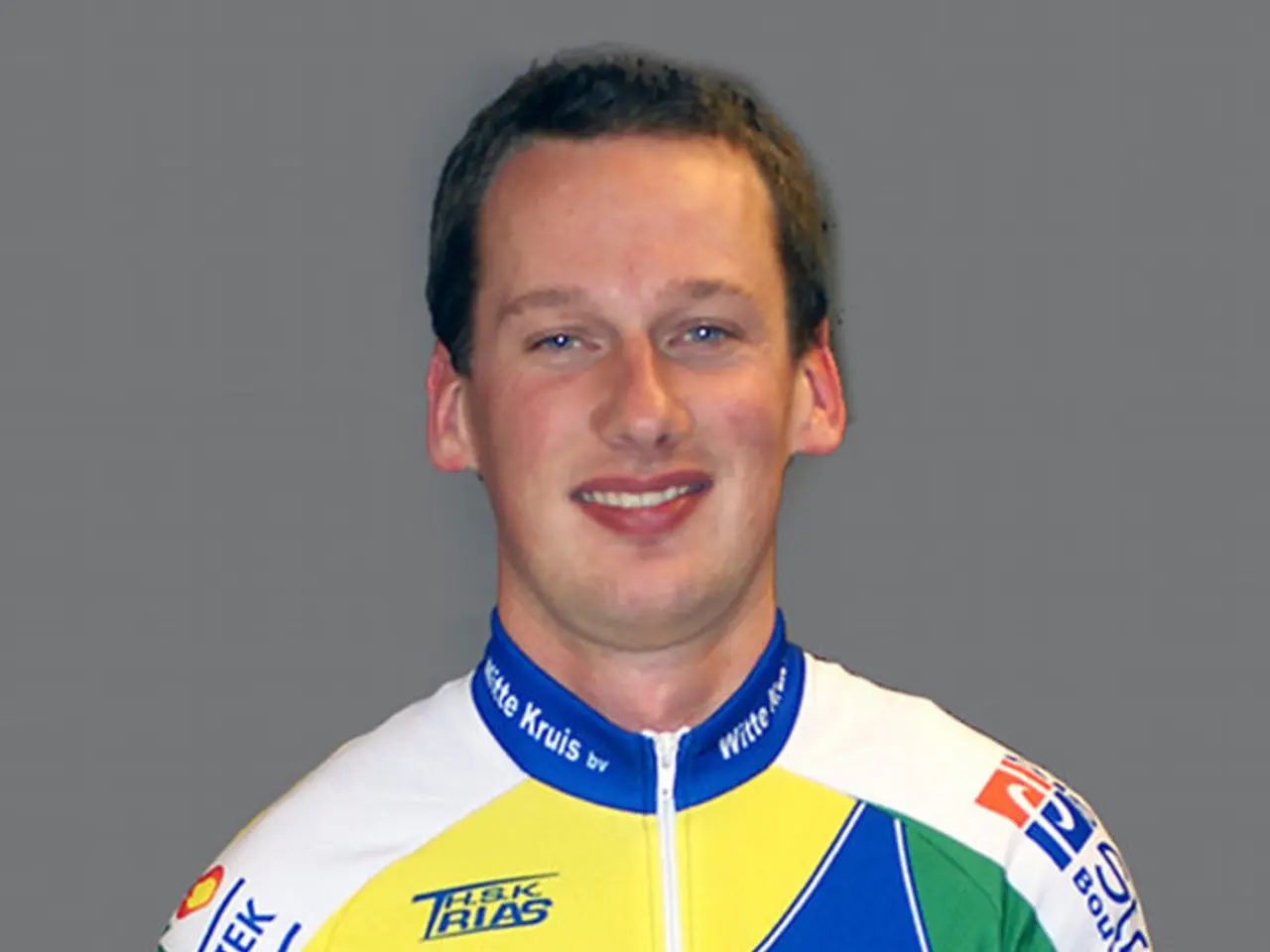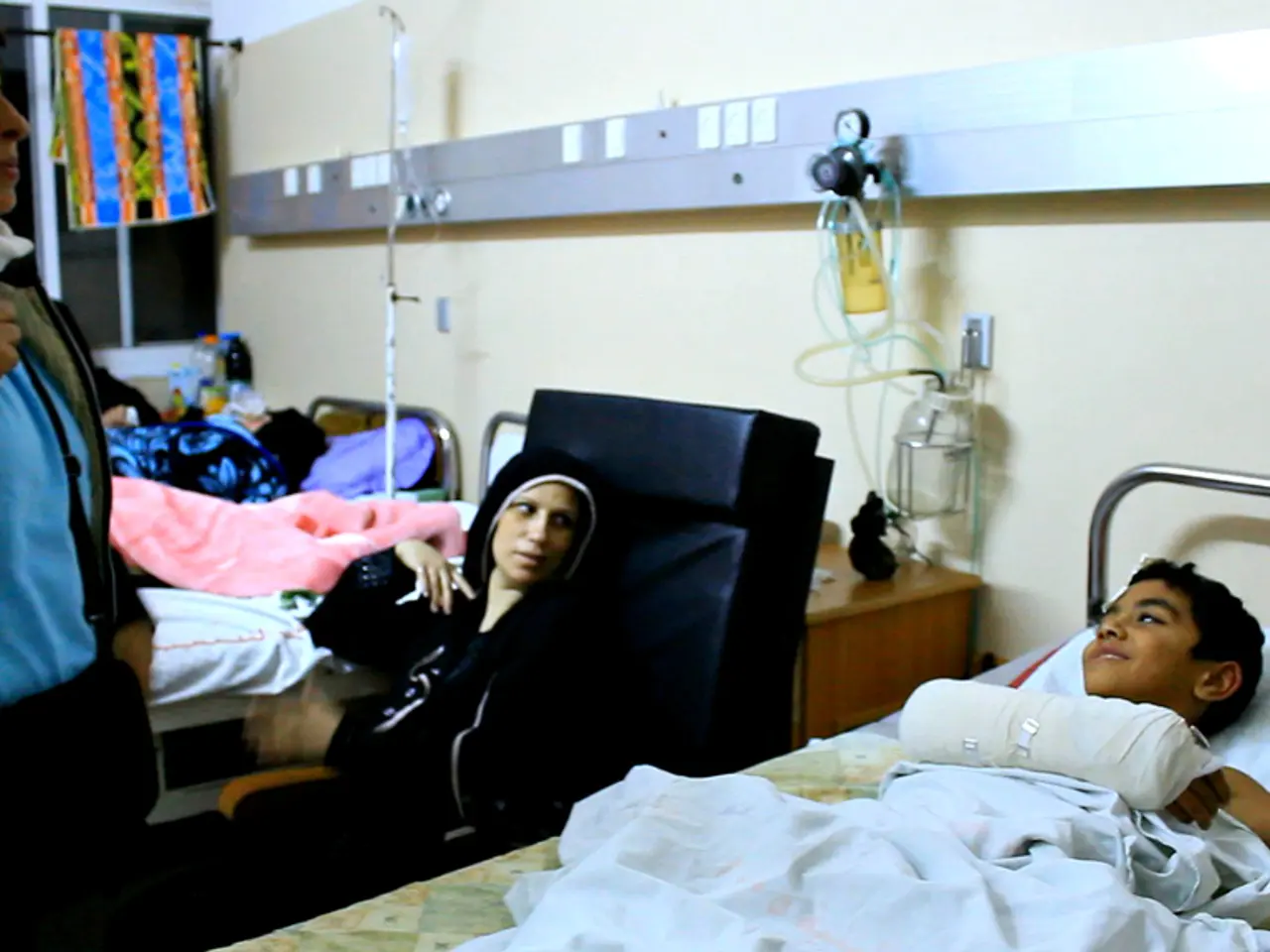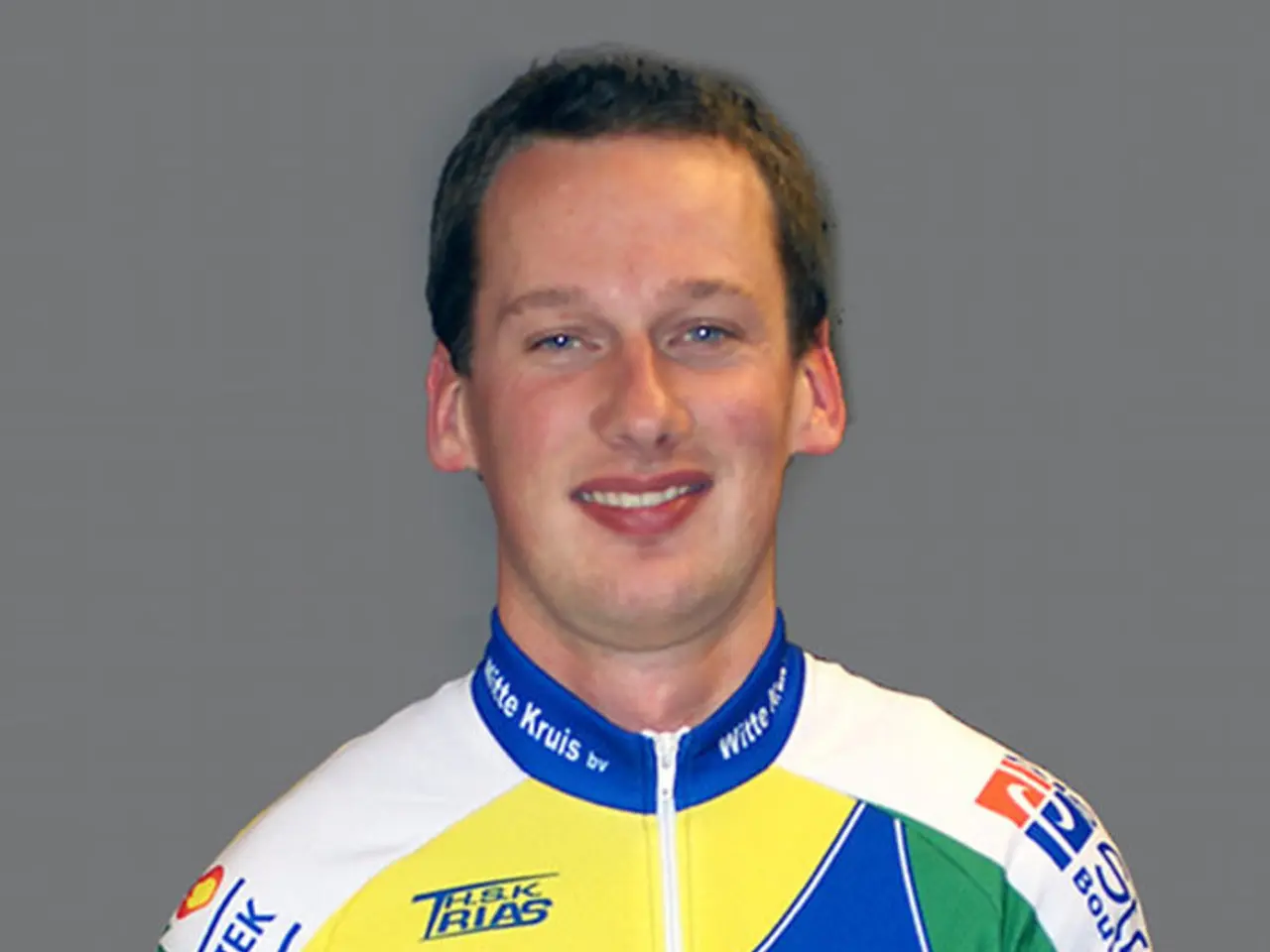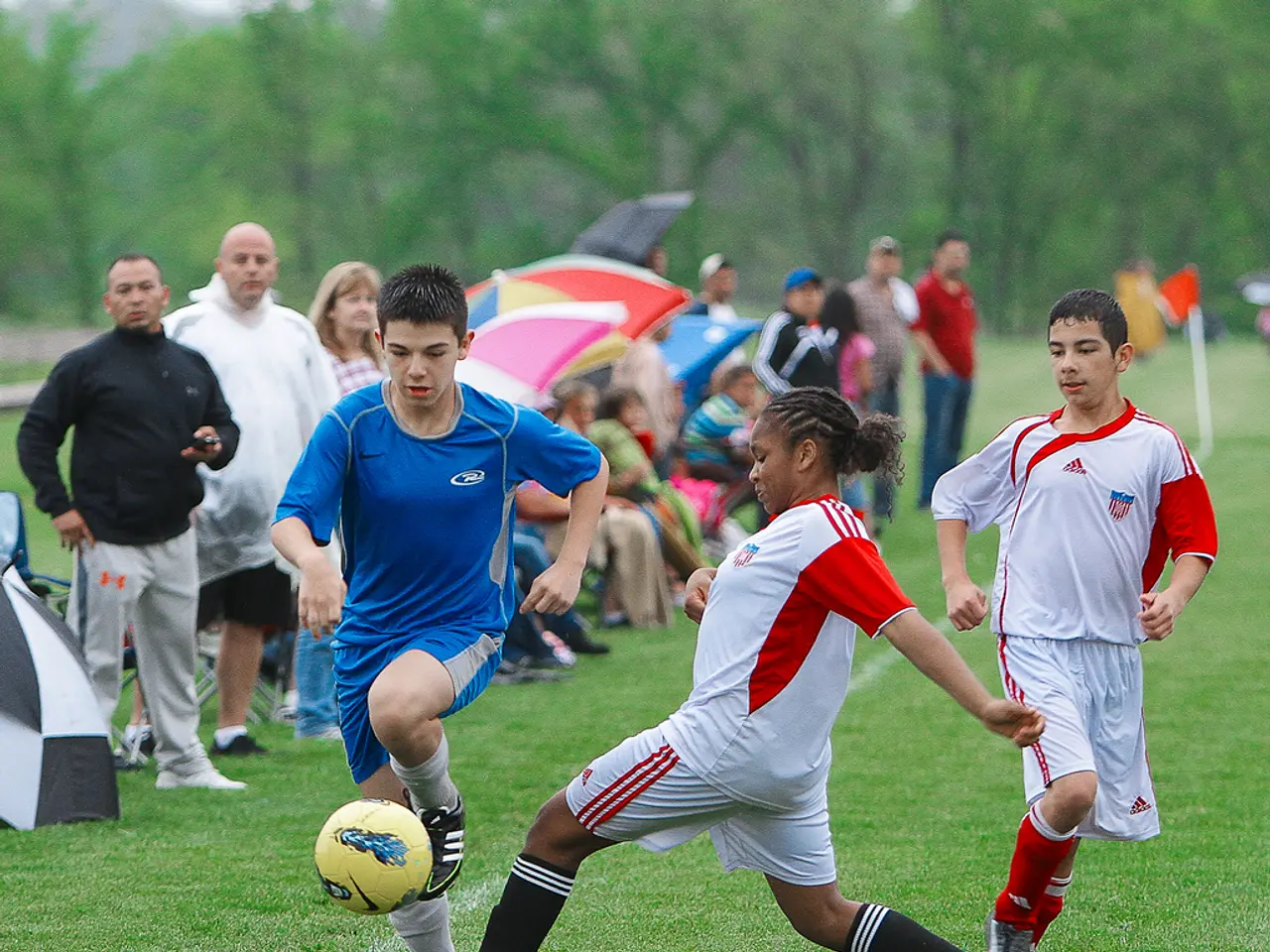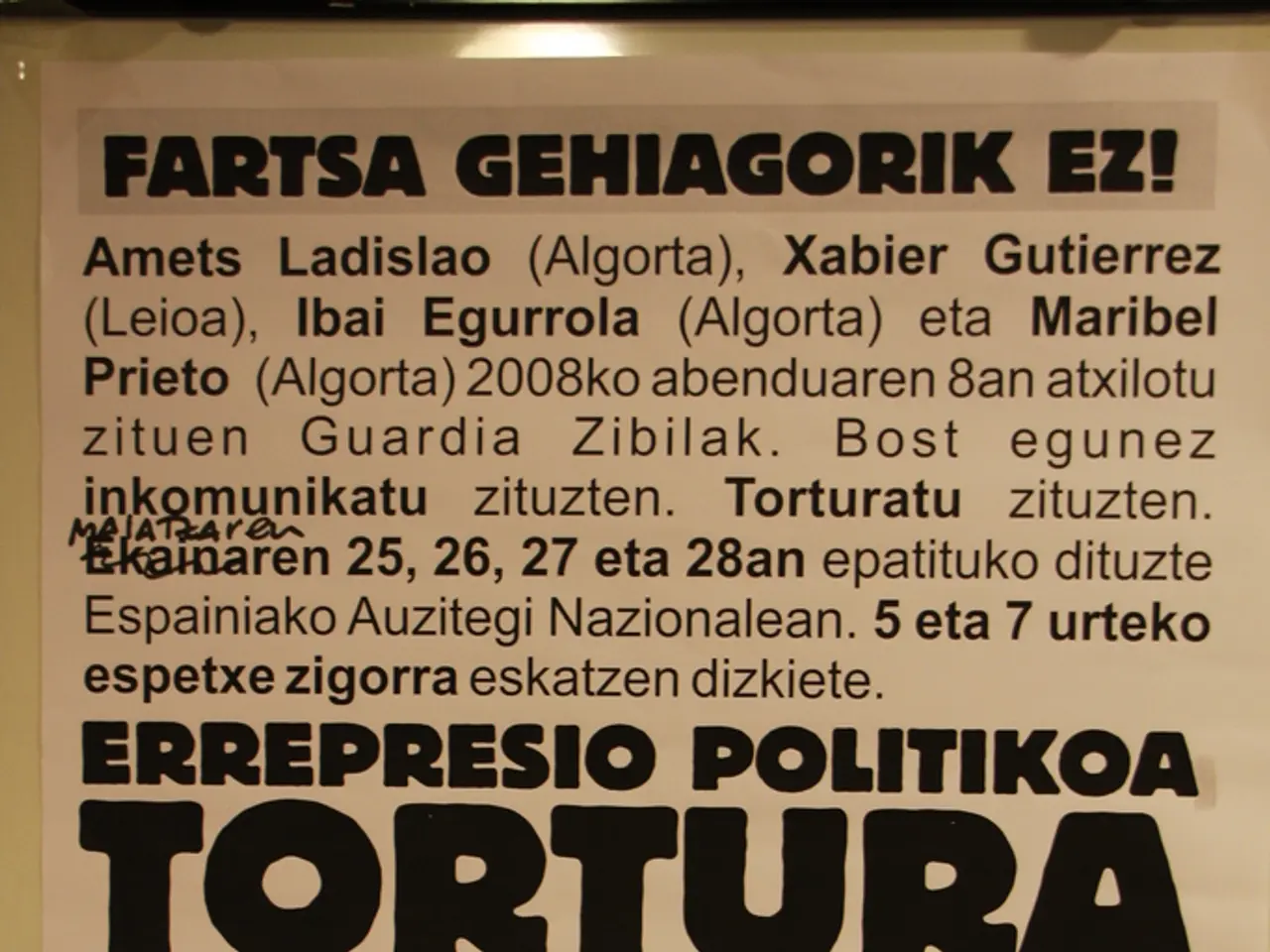Ski jumping season kicks off this summer amidst a mess of disputes over athletic apparel
The International Ski Federation (FIS) has implemented new rules and regulations for ski jumping suits, following a suit manipulation scandal involving Norwegian ski jumpers at the World Championships earlier this year.
The new regulations, which came into effect from the 2025 summer Grand Prix, aim to close loopholes that allowed illegal suit modifications to gain aerodynamic advantages.
The FIS Council approved new equipment control measures on June 12, 2025. These changes include a yellow and red card system for equipment violations, stricter suit specifications, and pre-approval and microchipping of suits.
Under the new system, a yellow card is issued for a first equipment violation, while subsequent violations lead to a red card, resulting in an athlete’s suspension from the next event. The athlete’s nation also loses its quota in the subsequent World Cup competition.
The suit specifications are now more tightly controlled, with a focus on minimizing deviations in cut and fit. The thigh circumference and crotch area measurements have been tightened to prevent lowering the crotch to create loose material, which had allowed illegal aerodynamic advantages. The material flexibility and fit requirements ensure suits must be close-fitting, reducing air permeability beyond allowed limits.
Gloves, boots, and wedges also have newly standardized thickness, length, and fit requirements to prevent indirect modifications. The suits are pre-approved and microchipped by the FIS, and at the 2025 Nordic World Championships, suits were forcibly examined by tearing seams where alterations were suspected.
The stricter controls have resulted in several disqualifications and non-starts early in the 2025-26 season, reflecting teams' adjustment period to the comprehensive new regulations. FIS race director Sandro Pertile has emphasized the lack of ill intent, viewing the violations as technical inadequacies during the transition to the new system, and expects fewer infractions as teams adapt.
The FIS appointed Jürgen Winkler as Coordinator of Ski Jumping Equipment Control, assisted by former jumper and equipment expert Mathias Hafele, to enforce these rules across men's and women's tours.
The specific consequences of the World Championship scandal for the Norwegian team are still unclear. However, it is known that Kristoffer Eriksen Sundal, a Norwegian ski jumper, was excluded from the qualifying competition for the opening event in Courchevel, France, due to a suit that was too large. Benjamin Østvold, a teammate of Sundal, was also not given a starting permit in Courchevel due to a suit that was too large.
Marius Lindvik and Johann André Forfang, who were previously suspended, successfully qualified in Courchevel after the World Championships. However, they deny knowing about the practices that led to their suspensions.
Some top German jumpers, including Andreas Wellinger, were missing from the competition in Courchevel. The specific nature of the suit manipulation is not specified in the provided text.
The FIS is expected to issue a statement on the matter on Monday afternoon.
Sports, such as ski jumping, will be subject to stricter equipment controls following a suit manipulation scandal involving Norwegian ski jumpers at the World Championships earlier this year. The new regulations, including a yellow and red card system for equipment violations, stricter suit specifications, and pre-approval and microchipping of suits, aim to eliminate illegal suit modifications for aerodynamic advantages in various sports.
